Native stones: Forgotten history in plain sight
HISTORY. Thousands of ceremonial stone landscapes that form codes are thought to span hundreds of miles locally.
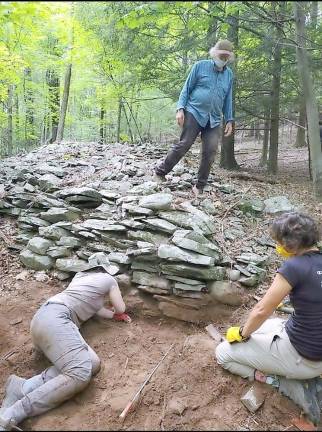
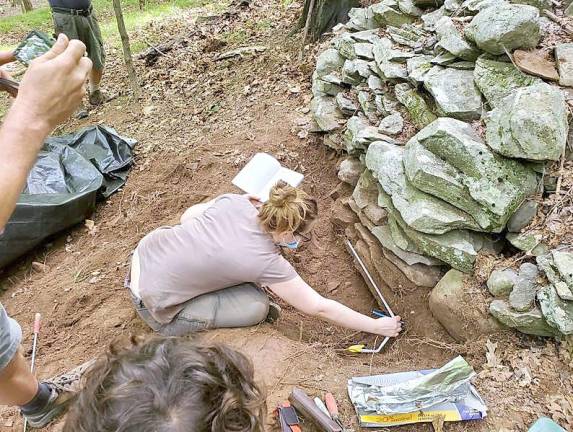
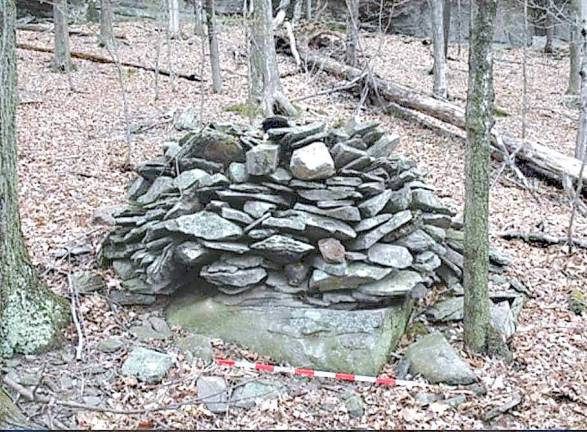
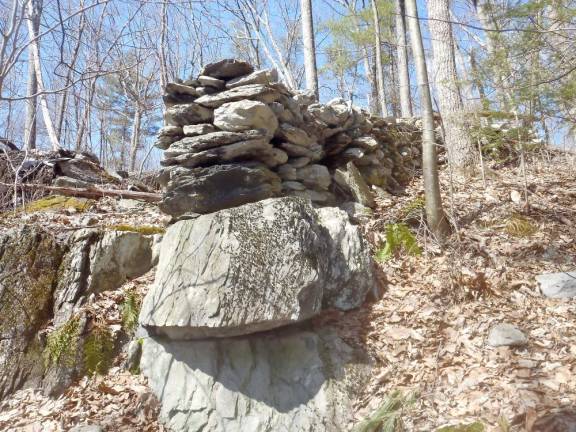
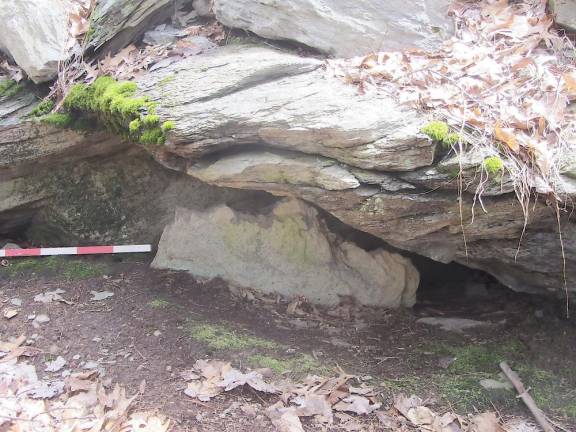
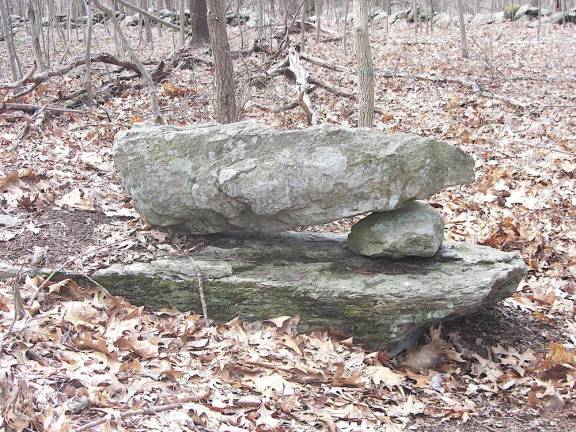
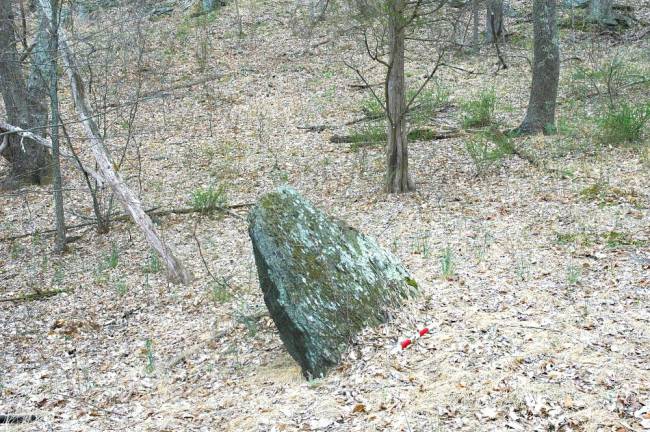
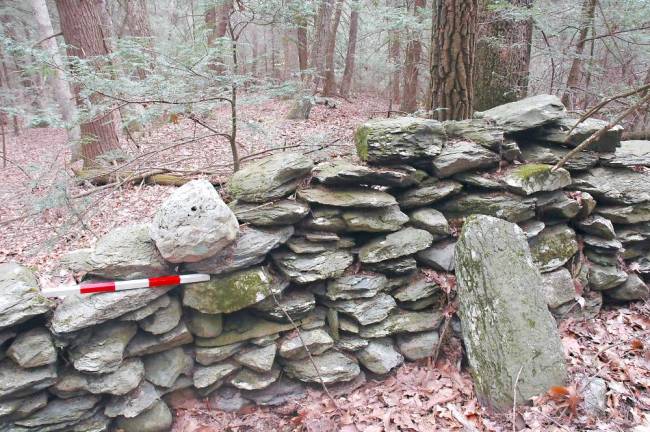
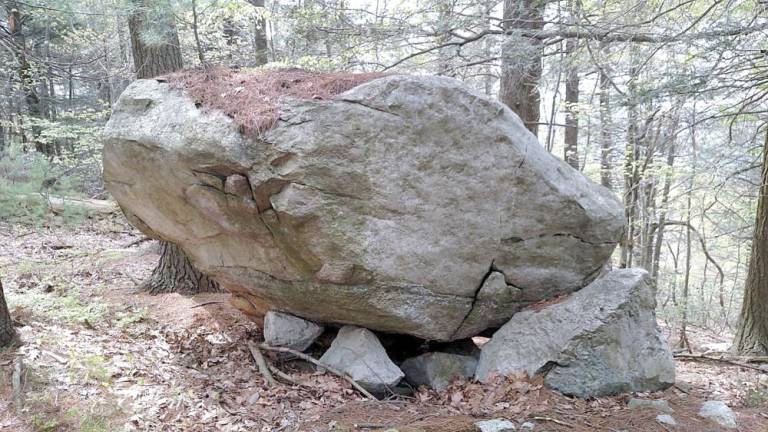
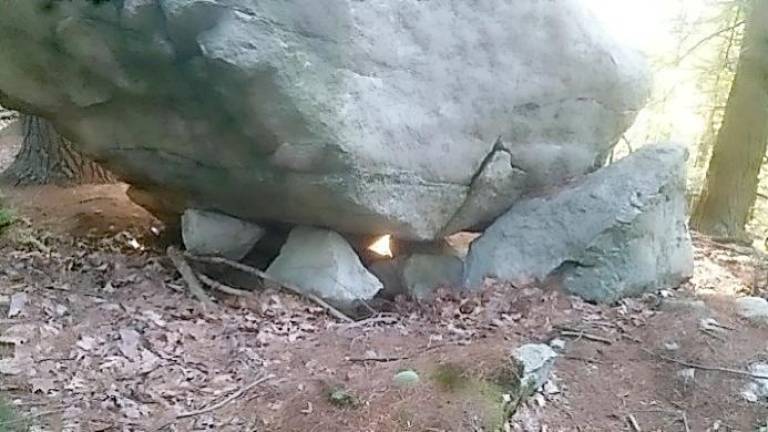
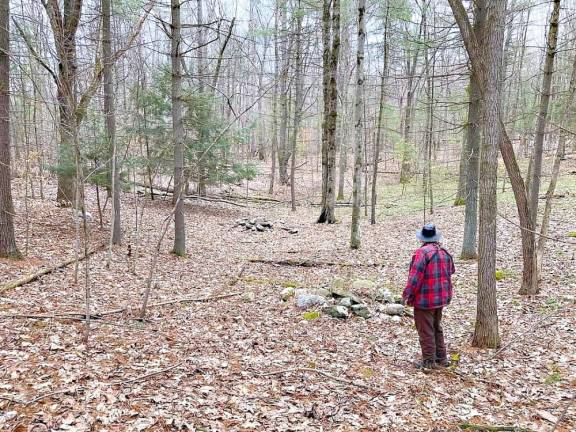
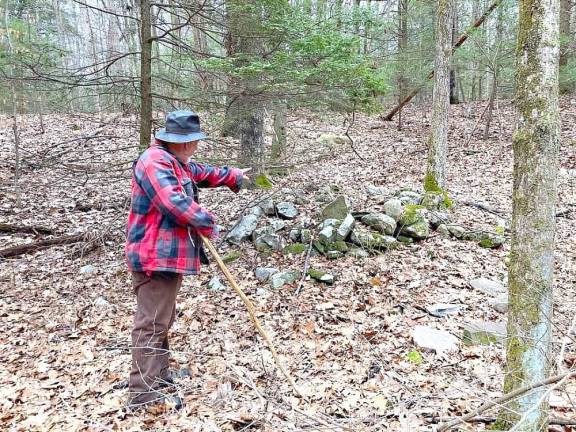
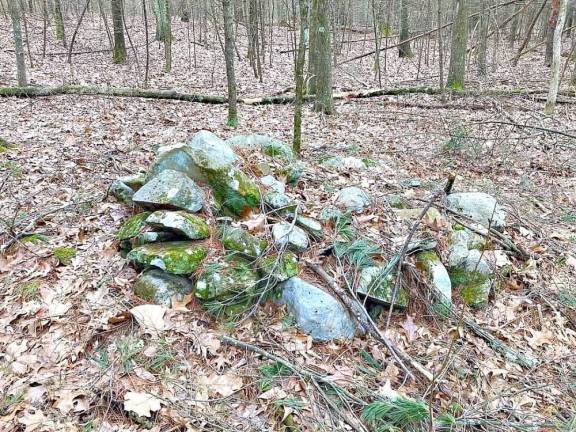
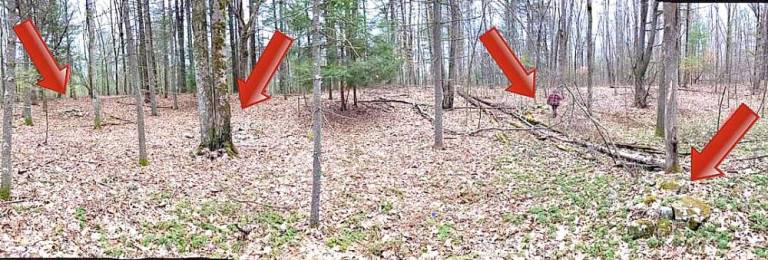
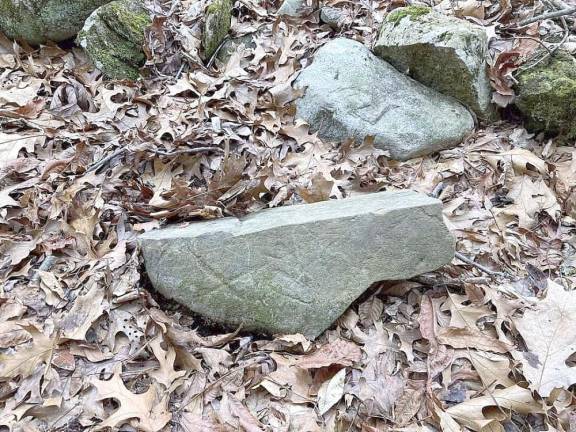
Hidden highways, road signs and rest stops lie beneath our feet, if you know where to look. Throughout the northeast, sometimes paralleling existing roads, like Route 206 in New Jersey, or Route 17 in New York, the remnants of indigenous byways wait to be rediscovered.
To their protectors, they’re known as ceremonial stone landscapes, or CSLs, but not all archeologists or government entities recognize their significance.
“Ceremonial stone landscapes were and are an extended form of our language,” said Michaeline Picaro, a tribal historic preservation officer with the Ramapough Nation Turtle Clan who lives in the Andover, NJ, area. “Today when one enters woods, the land speaks, allowing the traveler to see the language that was left here by our ancestors. The arrangements of these stones indicate direction, provoking the traveler to follow the code of stones. The code shows shelter, water bodies, ceremonial complexes and spiritual world portals of entry. Our stone language ensured the survival of our ancestors and our cultural history today.”
Picaro is one of many researchers currently investigating and advocating for the protection of these landscapes. One of the many challenges that she and others face is convincing state and federal authorities that CSLs are actually indigenous and not just coincidental glacial formations or rock piles from colonial farmers.
Legal hurdles
Before ceremonial stone landscapes can be protected, Picaro must prove their origin. But verifying that her ancestors owned and utilized this land will be a monumental feat. Picaro explained that she’s had to scour historical records, deeds, books, any mention she can find that points to Native Americans living on and owning the land. She also has to track the often-forced tribal separation that occurred once European settlers arrived. While many indigenous tribes had their own names, European settlers called them by their location, essentially changing their identifying nomenclature, she explained. If a group lived by the Delaware River, they were called Delaware Indians, even if they called themselves Ramapough of the Munsee dialect, for example.
Nancy Herter, the director of Technical Preservation Services Bureau for NYS Parks, Recreation & Historic Preservation, gave the extensive list of information that people like Picaro need to gather: agricultural land use history (deeds and census data), local government histories, and historic aerial photos; oral histories and other documentary evidence from state and federally recognized Indian tribes discussing the stone features; and information placing the stones “within a larger Native American historical and ceremonial context.”
But gathering such information can be almost impossible, particularly since oral histories were lost when native people were forced to scatter and disrupt the transmission of that ancestral knowledge.
“No other ethnic group has to constantly prove who they are,” Picaro added.
Picaro pursues this mission in her spare time, between running a farm and store, and her regular tribal obligations.
Tracking CSLs
The sheer volume of potential ceremonial stone landscapes in this area is also a big issue. They face overgrowth, private land deals, industrial development, and multiple local and federal government factions, each vying for a slice.
“Like a housecat has three miles, we had hundreds of miles of territory, because we needed more resources and diversity,” said Picaro. “So if you’re trying to maintain all these pathways, and sometimes when you discover a new area, you might have to make a new sub-pathway or new branch, what do you do to show that... that’s where the language of the land comes in, like Morse code.”
In just our area, this reporter found sightings from Pennsylvania, down through much of Sussex County, NJ, and over into the Hudson Valley in NY. Picaro even found some in Manhattan.
Over in Bushkill, Pennsylvania, Norman Muller, a researcher for New England Antiquities Research Association, detailed possible CSLs found by his colleague Jim Wilson near the Delaware Water Gap Visitor’s Center.
Walking east of the Visitor’s Center, Muller described finding several rock walls constructed mostly with pieces of slate carefully piled, as well as other stone stacks, and even what looked like a small shelter created with larger stone slabs. In one instance he described a wall unlike those built by farmers.
“It had on top of it, every so often, large, water-rounded cobbles of quartzite that contrasted, color-wise, with the gray of the shale and sandstone. While this wall could be interpreted by some as colonial, the quartzite accents on top imparted a unique character that separated it from any colonial interpretation,” Muller wrote. “One has to wonder where the quartzite came from. There were no stones of this kind that I observed on the ground nearby or on the way to this feature, and I could only conclude that the stones must have come from the Delaware River far below and been carried to the wall site. How else?”
Jeff Stoveken, who runs the Sussex County Excursions Facebook page, documented suspected CSLs in Sussex County. His photos showed several large circular stone piles spaced apart from one another along a hillside. Stoveken learned of the potential landscape from local resident Dan Tassey, who has been a supporter of Picaro’s mission for some time.
“Almost immediately I could see three piles of stones that were very similar in size. As we walked to each one, I could tell the base was positioned to form an almost perfect circle that had a perimeter of about 10 feet. They were also very similar in height, about a foot and a half or so above the ground.”
There were about 50 such piles.
Recently, a large stone landscape in Woodstock, NY, on Overlook Mountain, was confirmed to have been formed around 1550. Researchers with the University of Washington used “optical stimulated luminescence” technology to test the sediment around a cairn, or large stone pile, on the mountain to determine its date of origin.
Archeologists review lichen growth, size, construction, and ground disturbance around the suspected ceremonial stone landscapes as well.
“Although the age corresponds to the time of earliest European contact, it predates European settlement and was likely constructed by indigenous communities who lived in the area prior to contact with Europeans,” said Dr. James K. Feathers, a research associate director with the University of Washington’s anthropology department.
Glenn Kreisberg, chair of the Overlook Mountain Center, noted that the site has previously been dismissed by archeologists as nothing but the work of farmers throwing rocks, even though indigenous tribes had recognized the stone structures there to be a type of CSL known as Manitou Asunals or “spirit stones.”
Feathers’ findings are in the process of being peer-reviewed, and additional sediment samples are being analyzed. But the results give people like Kreisberg some hope that these landscapes will be recognized by the greater archeological community.
Kreisberg also said he’s aware of CSLs in Sterling Forest and Wawayanda, which he described as “large, set up boulders that have equinox alignments with the setting sun.” He has documented several such landscapes in the Shawangunk Mountains.
“There are countless ceremonial stone landscapes in the northeast woods. Many acted (and still act) as spiritual centers for ceremony for indigenous peoples who populated our area, since humans first appeared in this region, over 10,000 years ago. Many of these stone constructions are built in a way that makes them both compass and calendar stones, marking both time and space.”
A past rediscovered
The ambiguity of these stone landscapes is another hurdle faced by people like Kreisberg and Picaro. Some signified locations of food or water. Some indicated constellations and directions, while others paid homage to their ancestors.
Picaro said that to know what these structures are, people have to understand “where we were as a people, where we were forced to migrate, and where we remained.”
Picaro’s people have lived in this area for roughly 300 years; she feels her duty is to rediscover her history, and put those scattered pieces together.
“We’re the generation that’s supposed to be seeking that knowledge that was lost in the prior generation due to assimilation.”
Over the years, Picaro has found land sale deeds, and even a record of Thomas Jefferson mentioning watching Native Americans place stones on a specific pile as they walked by. “Now we have documentation, a witness... Someone is describing native people putting stone and stick on a pile of stones in prayer!”
She believes tracking and confirming CSLs can help in mapping their original territory and, hopefully, preserving them for future generations. Picaro says she prays for guidance from her ancestors.
“I would have repetitious dreams of the same still visual photos. I couldn’t rest at night. I would have to go out and I would find myself at the spot,” she explained. “I would find a spot just like it was in a premonition dream and it just sort of engulfed me... I didn’t know what it was at first. When you have this sort of thing happen to you, there’s a lot of reflection; awesome, but what do you do with this? Am I supposed to be protecting these? And I realized that there are so many, and so many that had been lost already.”
Since then she has been working with people like Kreisberg and Tassey, gathering information, and trying to get the NJ State Historic Preservation Office to recognize CSLs. Just in her area of Andover, which includes the Minisink Trail, she’s found nearly 2,000 possible CSLs.
Some hope for Picaro is on the horizon. In a statement to Straus News, a NJ Historic Preservation representative said its office “is aware of locations containing glacial erratics, balance stones, stone piles (sometimes referred to as cairns) and stone linear features within the Appalachian Valley and Ridge, Highlands, and Piedmont geomorphic provinces of New Jersey that are of importance to tribal groups and may not be of natural or European origin.
“At this time, the [Historic Preservation Office] is currently reviewing a preliminary application for a location in Sussex County [...] and assessing the submission to evaluate if it meets at least one of the four criteria for inclusion on the New Jersey and National Registers of Historic Places.”
“Today when one enters woods, the land speaks, allowing the traveler to see the language that was left here by our ancestors. The arrangements of these stones indicate direction, provoking the traveler to follow the code of stones. The code shows shelter, water bodies, ceremonial complexes and spiritual world portals of entry. Our stone language ensured the survival of our ancestors and our cultural history today.” — Michaeline Picaro, Ramapough Nation Turtle Clan.